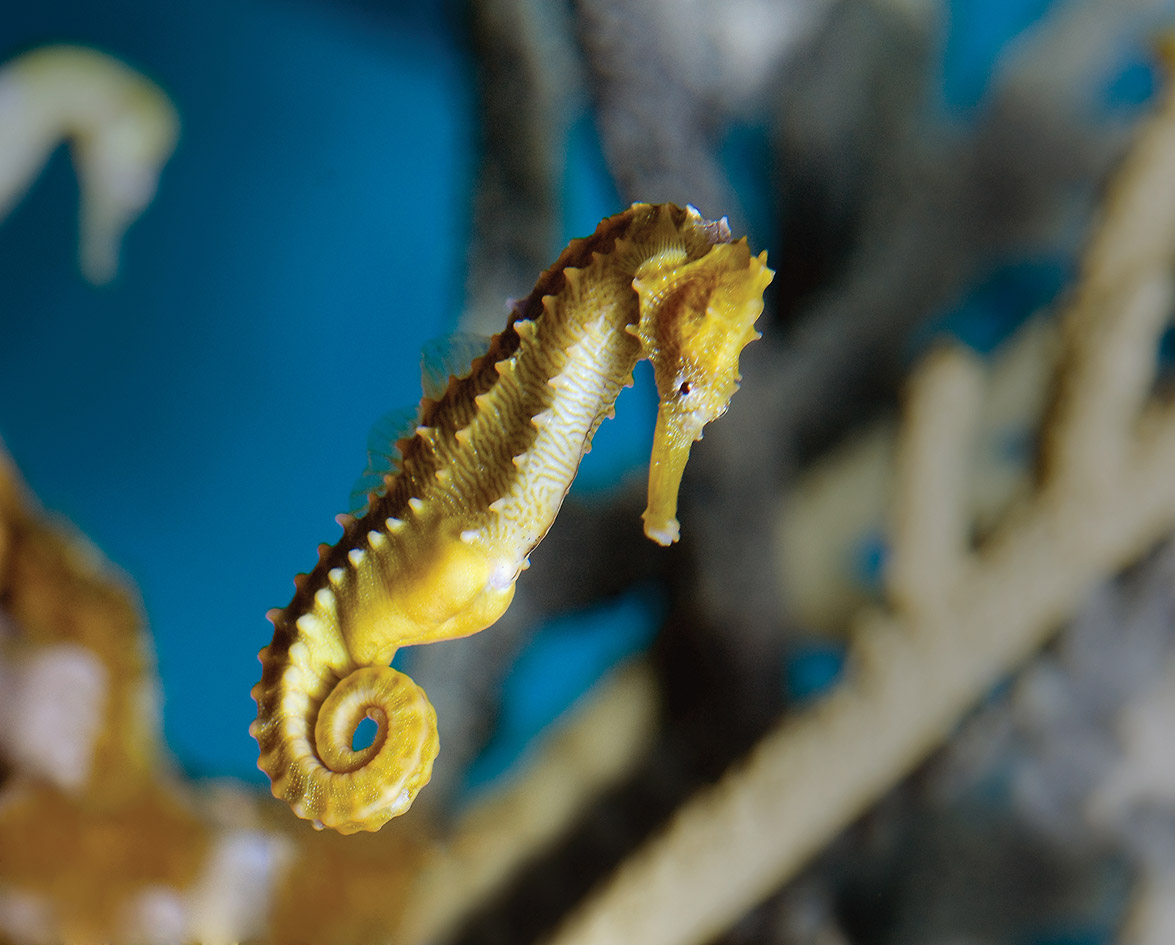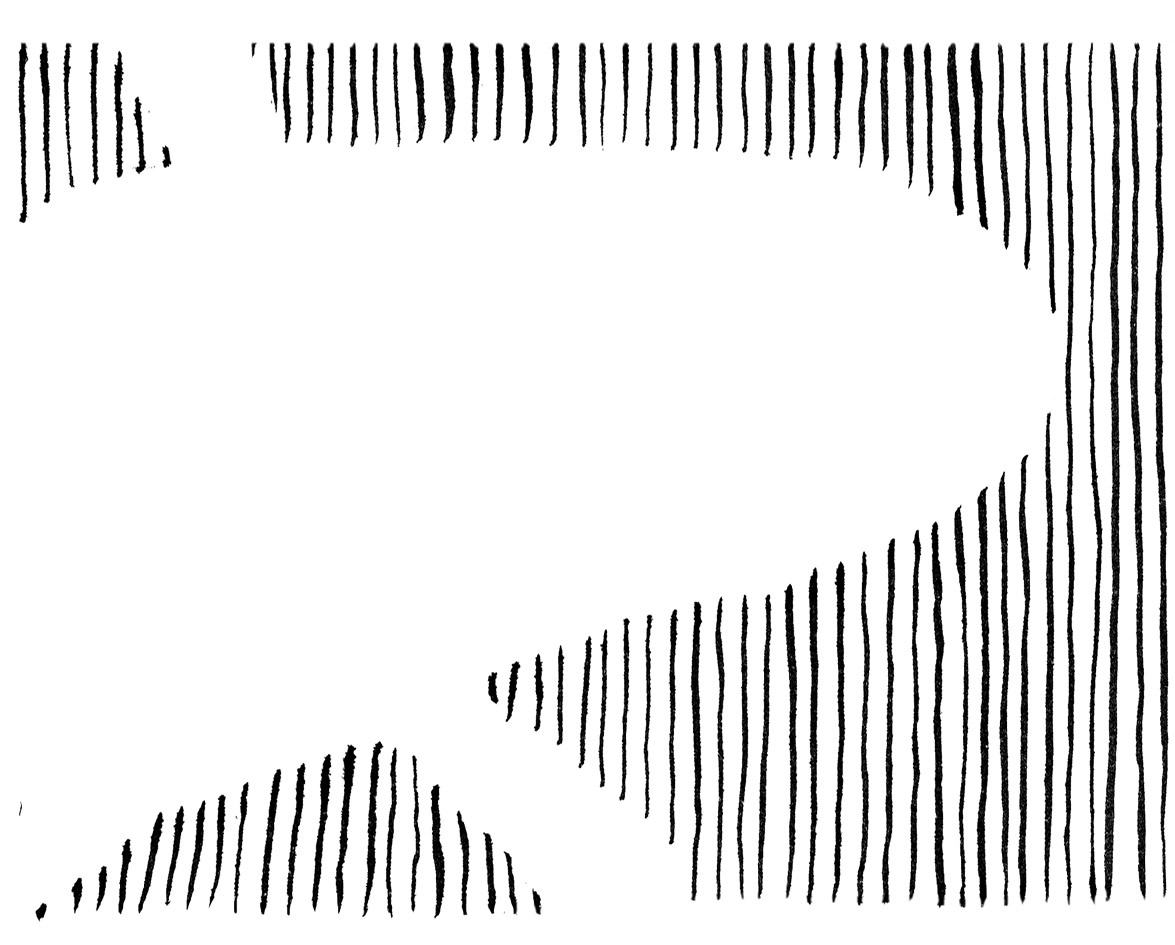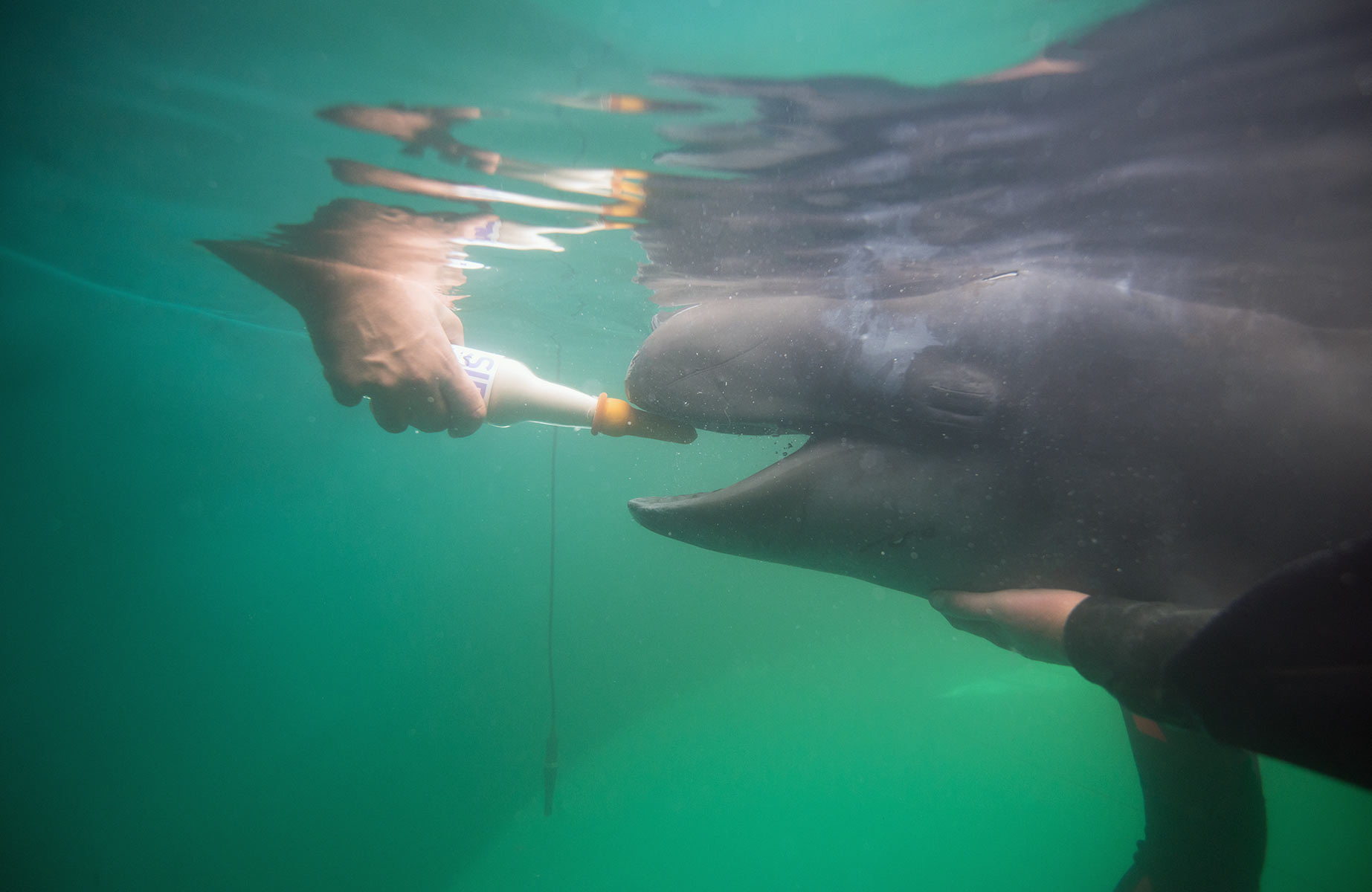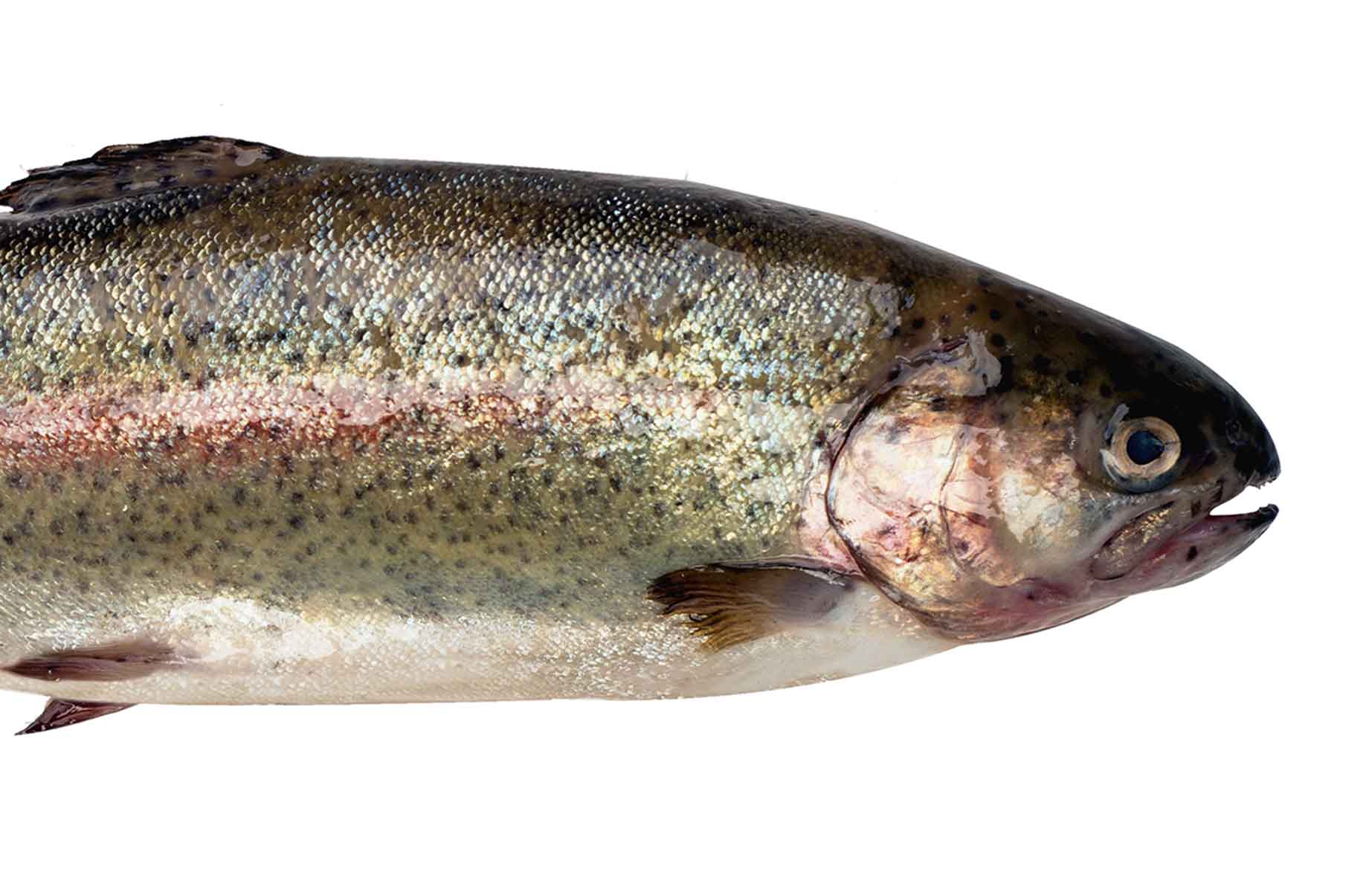With a horse-like snout and a curly tail, the seahorse is not your typical fish. It swims upright, using its dorsal and pectoral fins to move slowly through the water. Depending on the species, a seahorse’s body may be bumpy or covered in spines. Seahorses can also change colour, like a chameleon, to blend with their surroundings.
Among sea grass and coral on the edge of oceans, monogamous couples parade about, tails entwined, in a daily courtship ritual.When the seahorses’ dance is done, they part. At the right time of year, a closer look at the male might reveal a belly swollen with tiny offspring; seahorses are one of the few species in which the male becomes pregnant.
Dr. Amanda Vincent is the founder and Director of Project Seahorse and the first person to study the seahorse in its natural environment. Project Seahorse, an initiative based out of the Fisheries Centre at the University of British Columbia in Vancouver, works to conserve the marine environment by trying to sustain seahorse population levels.
The Seahorse Trade
Vincent discovered the intense global seahorse trade while wandering through Berlin. “I saw an electronic billboard scrolling across one of the major plazas in Germany that said, and I translate literally, ‘Seahorses: the most valuable export from the Philippines to help men with weak tails.’”
This discovery led Vincent to interview fishers in Asian Pacific Rim countries, where she discovered a wide range of uses for seahorses. Traditional Chinese medicines sometimes include seahorses to treat ailments ranging from asthma to incontinence. They are also sold live for recreational aquarium use or dried out and sold as keepsakes.
Seahorses are harvested using various methods. Some Filipino fishers venture into the water at night, plucking seahorses from the ocean. Shrimp trawlers, “the most evil of the lot,” according to Vincent, use gigantic nets to rake the ocean floor, scooping up everything in their path. Trawling destroys the animals’ habitat and seriously threatens seahorse populations.
Protecting The Seahorse
Project Seahorse approaches the daunting task of conserving the world’s marine ecosystems with a balanced and realistic perspective. The group views the world as an onion with the seahorse at the centre, surrounded by six layers: habitat, fishers, family and community, regional government, national government, and international relationships.
Each layer affects the layer below, and all of them put pressure on the tiny seahorse. Project Seahorse recognizes the need for change at each of the six levels in order to effect any change for the seahorse, and has projects at each level beginning with the seahorse itself.
Vincent is a leading expert on seahorse biology—it is difficult to find a study of seahorses that is not at least partially credited to her—and her expertise is central to understanding the core of Project Seahorse’s onion world.
Identifying different species of seahorses is difficult because some are able to dramatically change their appearance by changing colour or growing long filaments from their bodies. Vincent set to work clarifying the number of species that actually existed, narrowing what was once thought to be 200 types down to 34.
Helping Solve The Problem
Work at the habitat level includes various no-fishing zones established in the Philippines that are organized by a separate branch of the project—Project Seahorse Foundation for Marine Conservation in the Philippines. We work with the fishers, miners, dredgers, coastal developers and the polluters to see whether we can assist them to change their behaviours, or to take advantage of new opportunities. In most cases, they know the problem; they’re just not sure how to address it,” says Vincent.
The group does not try to force anyone to change their beliefs or behaviours. “We make it a rule never to promise and never to impose,” Vincent states. “If we’re not wanted, we don’t go in. When we do go in, we can’t promise any outcomes because we’re not in control of the situation. All we can do is say ‘Here are some opportunities.’ We realized some time ago that people don’t react very well to being shouted at, and they don’t react very well to being threatened.”
Filipino fishing communities are making good use of these opportunities. The Foundation and Project Seahorse cannot keep up with the flood of requests coming in for new no-fishing zones in the Philippines: up to 30 sites are waiting to be implemented once resources and political support are available.
About CITES
The major organization regulating the international trade of wildlife is the Convention on International Trade in Endangered Species of Wild Fauna and Flora. CITES (pronounced site-ees) is composed of 175 countries that have agreed to follow specified trade regulations in order to minimize the threat to endangered species.
CITES has protected some species of elephants, rhinoceros and parrots for more than 25 years, but seahorse trade was not regulated until 2004. “Eventually we broke that log jam by getting three-quarters of the countries to agree to control the export in seahorses. So, for the first time ever, marine fishes of commercial importance came under the convention,” explains Vincent. “Now every country that exports seahorses must certify and guarantee that the export does not damage or threaten wild populations.”











